Mizuna is an underappreciated leafy green that deserves a spot in every home garden. With its mild, peppery flavor and tender texture, it’s perfect for salads, stir-fries, and soups. But did you know you can grow mizuna organically in a bottle garden using no-dig methods? This approach is ideal for urban gardeners, beginners, and anyone who wants fresh, pesticide-free greens without the hassle of traditional gardening.
In this comprehensive guide, we’ll cover what mizuna is, how to grow it, and how to harvest it using a no-dig bottle garden setup, making it easy for you to enjoy this nutritious green at home.
1. What Is Mizuna?
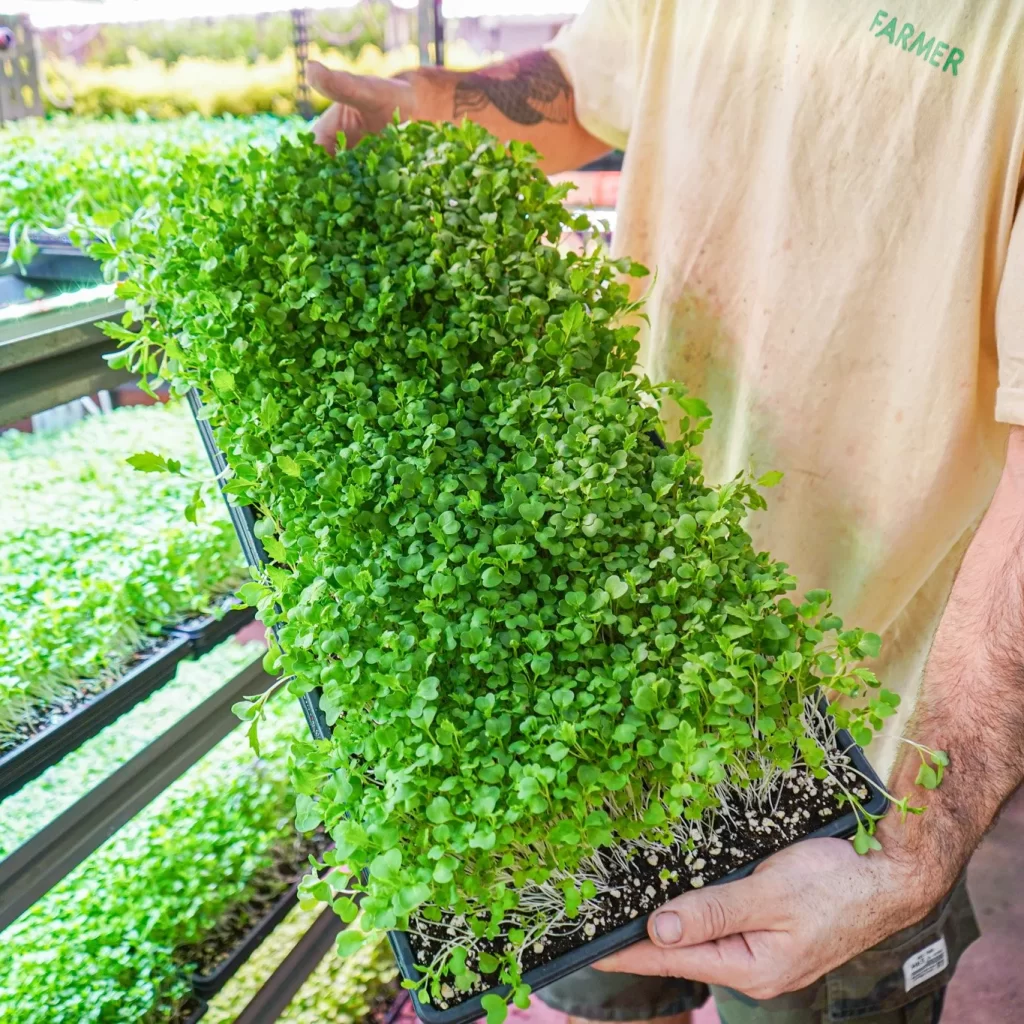
Mizuna (Brassica rapa var. nipposinica) is a type of Japanese mustard green with frilly, feathery leaves and a slightly peppery flavor. It belongs to the Brassica family, which also includes kale, cabbage, and bok choy.
Key characteristics of mizuna include:
- Flavor: Mildly spicy, peppery, and slightly sweet.
- Texture: Crisp, tender leaves that are perfect raw or cooked.
- Appearance: Deep green, feathery leaves that grow in a loose rosette.
- Nutritional value: Rich in vitamins A, C, K, calcium, iron, and antioxidants.
Mizuna grows quickly, is hardy in cooler temperatures, and can produce multiple harvests in a season, making it a versatile addition to any home garden.
2. Why Grow Mizuna in a Bottle Garden?
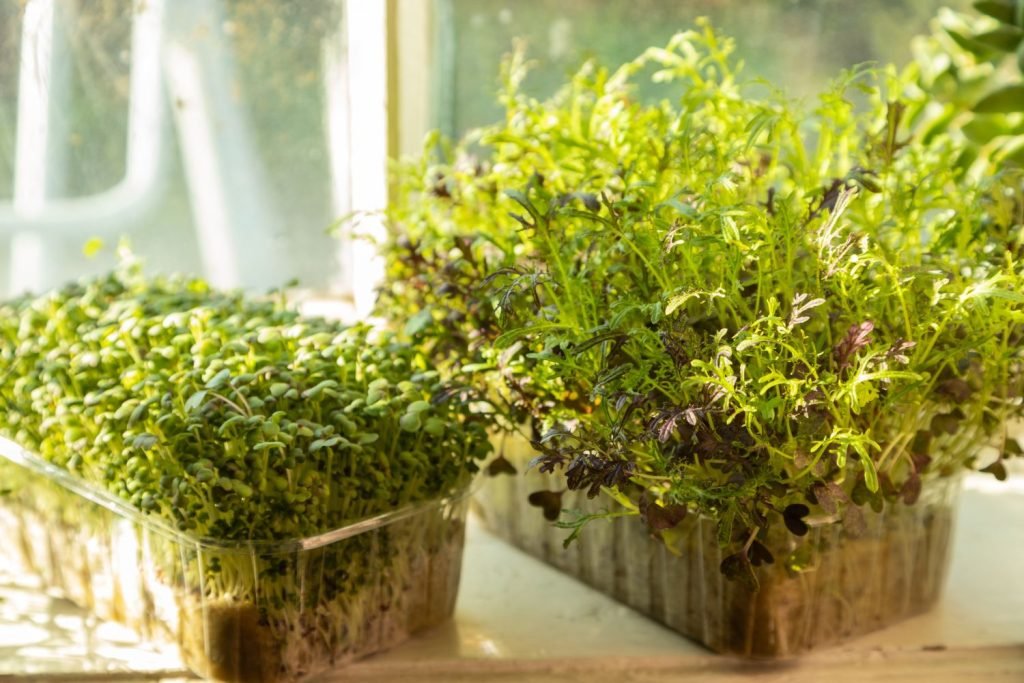
Using bottles to grow mizuna is an innovative, eco-friendly way to cultivate fresh greens at home. Whether you have limited space, no backyard, or want an indoor garden, bottle gardening is perfect.
Benefits include:
- Space-efficient: Bottles can be hung or placed on windowsills and shelves.
- Water-saving: Retains moisture and reduces frequent watering.
- No-dig gardening: Easy to manage without traditional soil beds or heavy work.
- Organic and pesticide-free: Grow safely for your kitchen without chemicals.
- Quick harvests: Mizuna grows fast, often ready in 3–4 weeks.
By using bottles and the no-dig approach, you can enjoy fresh greens year-round without large garden beds.
3. Materials Needed for a Bottle Mizuna Garden
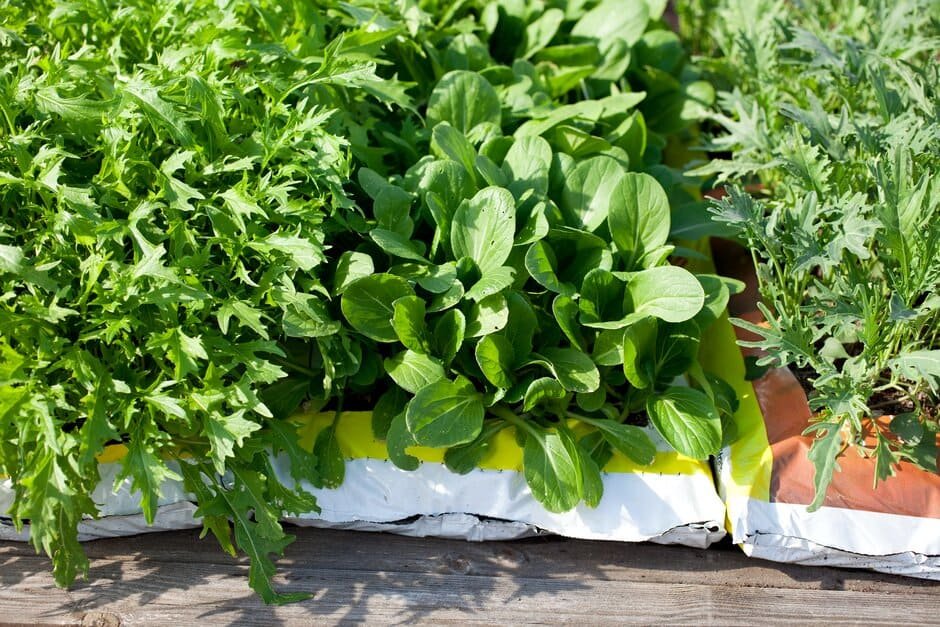
To start your bottle garden, gather the following items:
- Plastic bottles (1.5–2L soda bottles work well)
- Potting mix or seed compost (light and well-draining)
- Mizuna seeds
- Sharp scissors or knife
- String or wire (for hanging bottles, optional)
- Watering can or spray bottle
Optional: organic fertilizer such as compost tea, worm castings, or seaweed extract to boost growth.
This minimal setup allows anyone to start growing mizuna easily.
4. Preparing Your Bottle Garden
Follow these steps to transform a plastic bottle into a functional mizuna planter:
- Clean the Bottle:
Remove labels and wash thoroughly to eliminate chemicals or residues. - Cut an Opening:
Cut a rectangular or circular opening along the side for planting. Leave 2–3 inches from the bottom for soil. - Make Drainage Holes:
Poke 4–5 small holes at the bottom to allow excess water to escape. - Optional Hanging Setup:
Punch holes at the top and thread string or wire for vertical hanging. - Fill with Soil:
Add 4–5 inches of loose, well-draining soil. Mizuna roots need space to grow and access nutrients efficiently.
Your bottle is now ready for seeds.
5. Sowing Mizuna Seeds
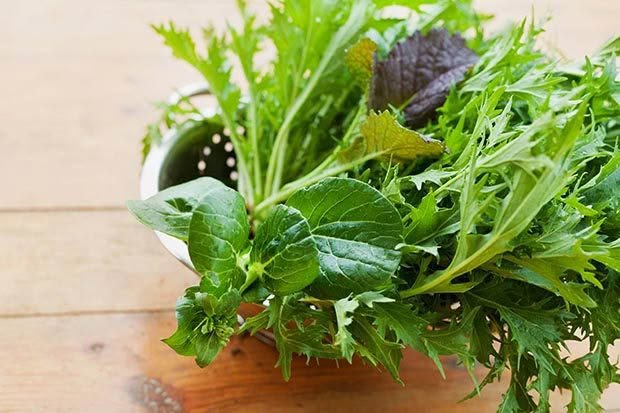
Mizuna is very easy to grow from seeds:
- Sprinkle Seeds:
Scatter 5–8 seeds evenly across the soil surface in each bottle. - Cover Lightly:
Add a thin layer of soil or gently press seeds into the compost. Mizuna seeds need light for optimal germination. - Water Gently:
Use a spray bottle to moisten the soil without washing seeds away. - Provide Light:
Place bottles in a bright spot with indirect sunlight or near a grow light.
Seeds typically germinate within 3–5 days, and seedlings will grow quickly in a no-dig system.
6. Care and Maintenance
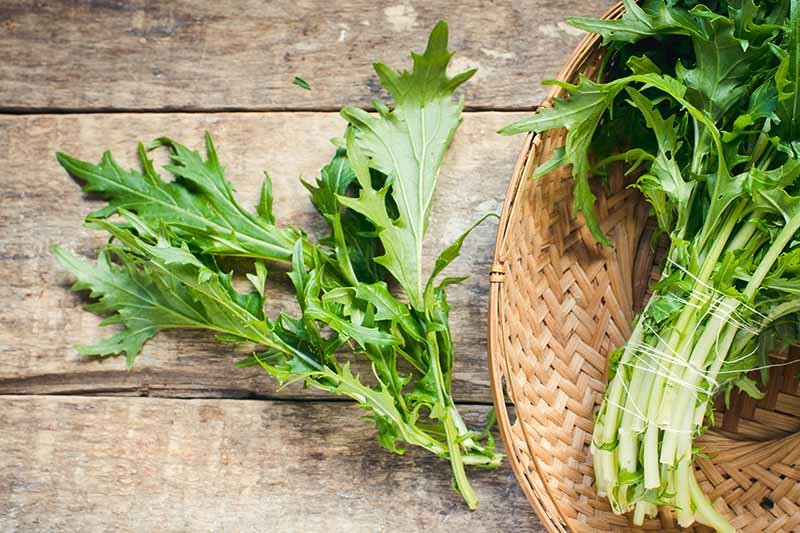
Mizuna is low-maintenance, making it perfect for beginners:
- Watering: Keep soil consistently moist but not soggy. Bottle planters retain water, so check daily.
- Light: Provide 4–6 hours of indirect sunlight per day.
- Fertilization: Apply a mild organic fertilizer or compost tea weekly to promote healthy growth.
- Thinning: Once seedlings are 2–3 inches tall, thin to 2–3 plants per bottle to prevent overcrowding.
The no-dig method ensures minimal labor — simply add compost and water as needed.
7. Harvesting Mizuna
One of the best features of mizuna is its multiple harvests capability:
- Cut-and-come-again: Harvest outer leaves when they reach 3–5 inches, leaving the inner leaves to continue growing.
- Full harvest: After 4–6 weeks, cut the entire plant at the base for a complete harvest.
- Continuous supply: Sow new seeds every 2–3 weeks to maintain a steady supply of fresh greens.
Freshly harvested mizuna can be used in salads, stir-fries, soups, and sandwiches, offering versatility in your kitchen.
8. Advantages of No-Dig Bottle Gardening
Using bottles for mizuna offers several practical benefits:
- Reduces garden labor: No digging or heavy soil preparation needed.
- Eco-friendly: Repurposes plastic bottles.
- Space-saving: Perfect for urban gardens, balconies, or indoor setups.
- Water-efficient: Retains moisture and reduces water waste.
- Organic and chemical-free: Grow healthy greens safely.
This method makes growing fresh, organic vegetables accessible for anyone, anywhere.
9. Common Challenges and Solutions
Even in bottle gardens, mizuna can face challenges. Here’s how to solve them:
- Yellowing leaves: Often due to nutrient deficiency or overwatering. Use compost tea and check drainage.
- Slow growth: Ensure adequate light and proper spacing between plants.
- Pests: Aphids or caterpillars can appear. Remove manually or use neem oil.
- Bolting: Mizuna may flower in high heat. Move bottles to partial shade to prevent early bolting.
Most problems are easy to manage with careful observation.
10. Expanding Your Bottle Mizuna Garden
Once you’re comfortable growing mizuna in a single bottle, consider expanding your garden:
- Grow multiple bottles in vertical stacks or hang them along walls.
- Mix with other leafy greens like spinach, arugula, or lettuce for variety.
- Use succession planting to have continuous harvests throughout the year.
This approach turns a small space into a productive, sustainable kitchen garden.
11. Environmental and Lifestyle Benefits
Growing mizuna in bottles is more than just gardening — it’s a lifestyle choice:
- Reduces plastic waste by reusing bottles creatively.
- Conserves water with efficient container watering.
- Promotes healthy eating with fresh, organic greens.
- Ideal for urban living where space is limited.
A small bottle garden can make a big difference for your health and the environment.
12. Recipe Ideas Using Fresh Mizuna
Mizuna’s mild peppery flavor makes it versatile in the kitchen:
- Salads: Mix with other greens, cherry tomatoes, and a light vinaigrette.
- Stir-fries: Add mizuna to garlic, soy sauce, and sesame oil for a quick side dish.
- Soups: Toss leaves into miso or vegetable soup at the last minute.
- Sandwiches and wraps: Add fresh mizuna leaves for crunch and flavor.
Harvesting directly from your bottle garden ensures your dishes are fresh, organic, and full of nutrients.
Conclusion
Mizuna is an easy-to-grow, nutrient-rich leafy green that fits perfectly into no-dig bottle gardens. With minimal effort, even beginners can cultivate fresh, organic greens right at home. From sowing seeds to harvesting multiple times, the process is simple, sustainable, and rewarding.
By growing mizuna in bottles, you save space, reduce waste, conserve water, and enjoy a continuous supply of fresh greens for your kitchen. Whether for salads, soups, or stir-fries, this versatile green adds flavor, nutrition, and beauty to your meals.
Start your no-dig mizuna bottle garden today and experience the satisfaction of growing your own organic, fresh greens — all from simple recycled materials!
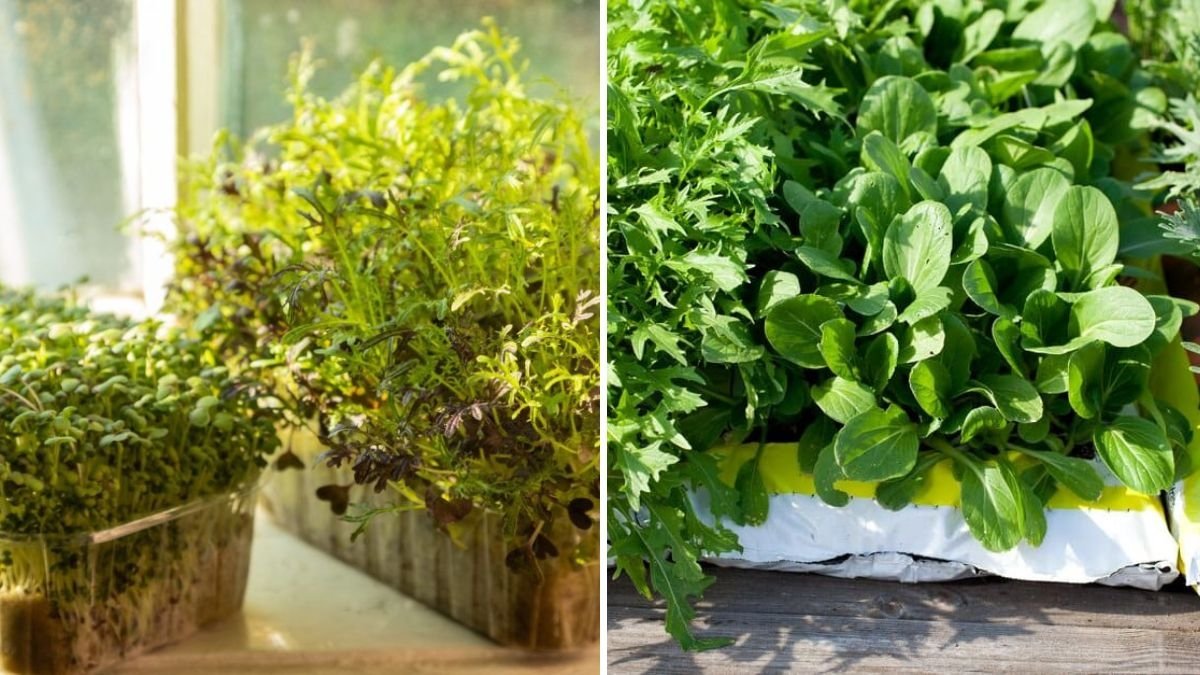
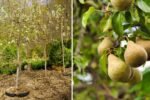

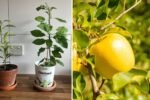
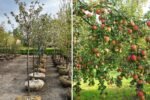

Leave A Comment